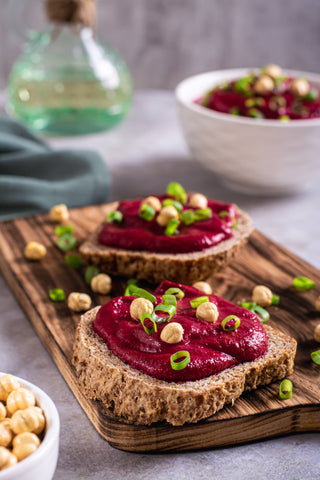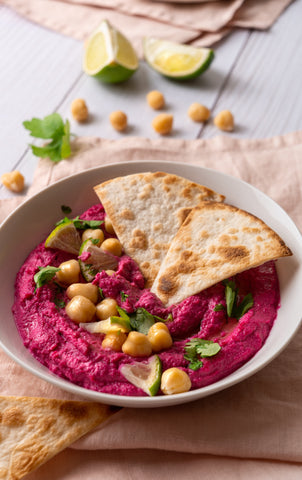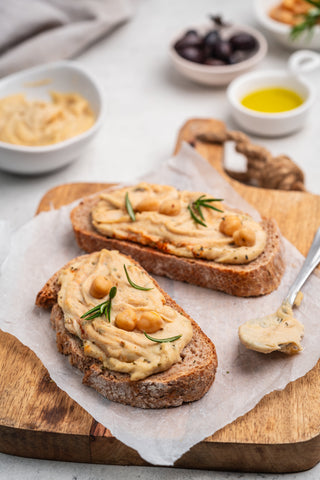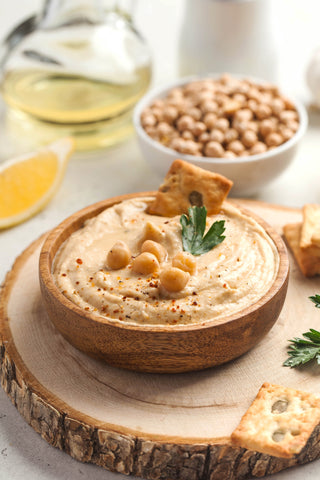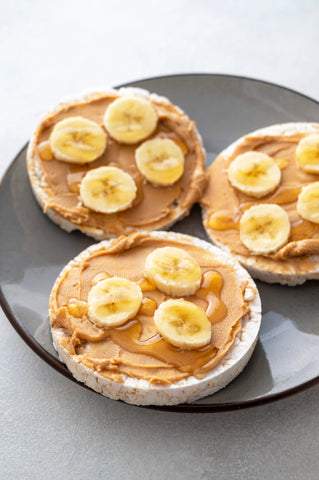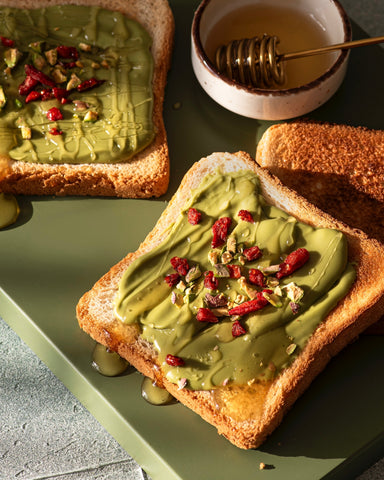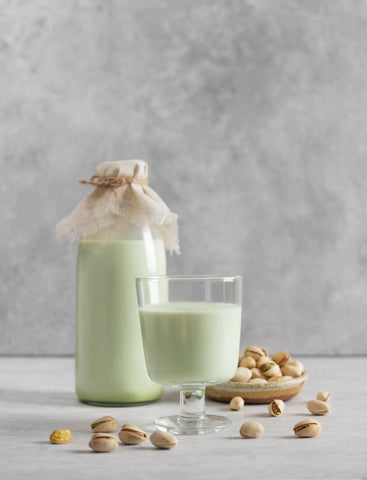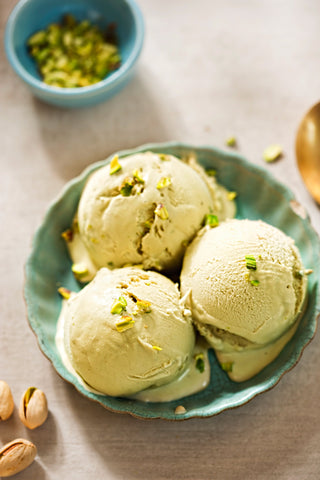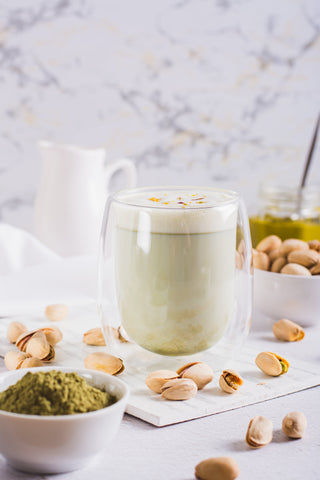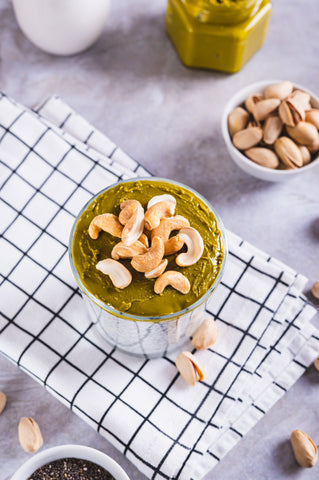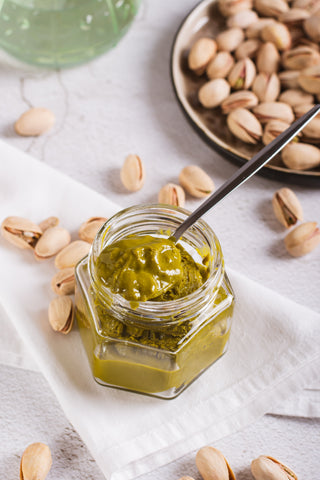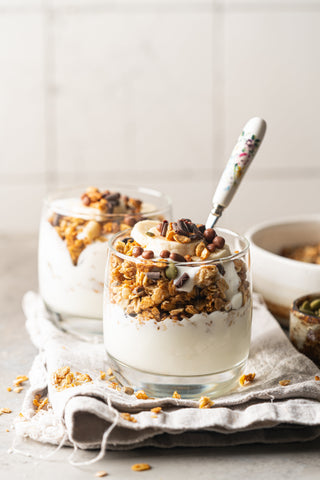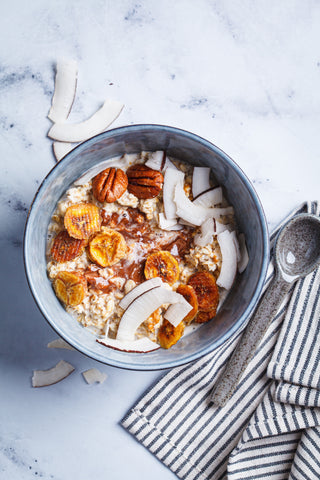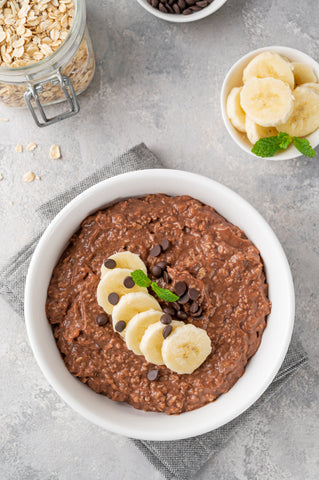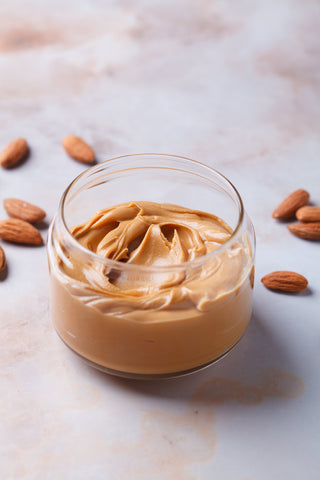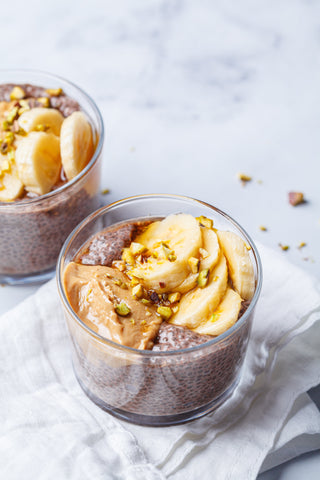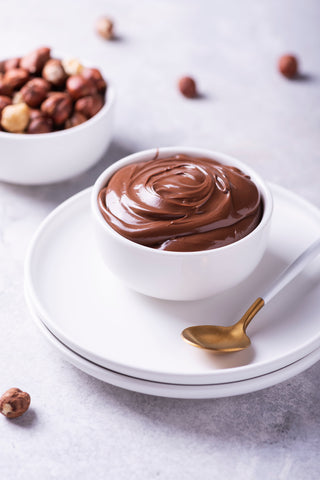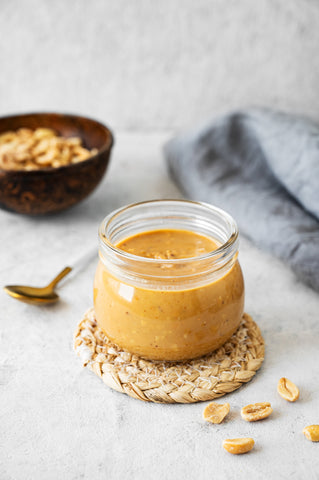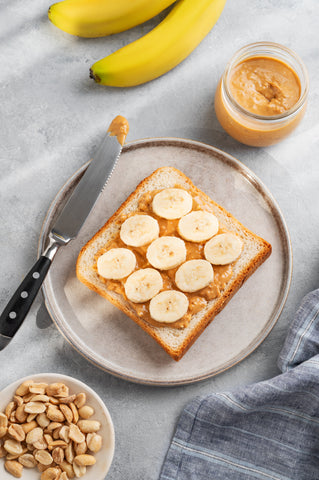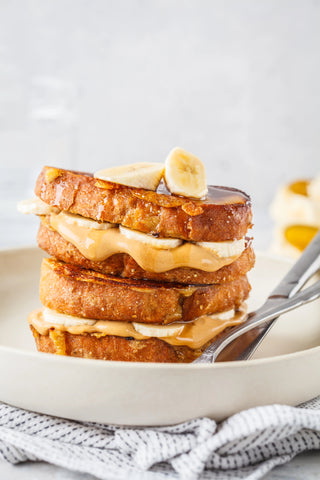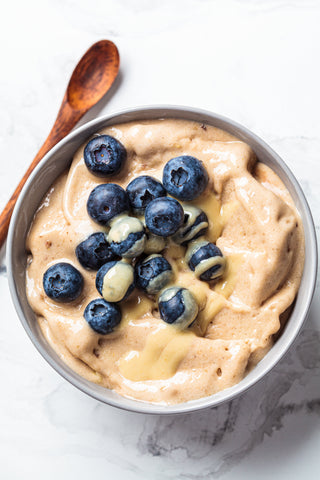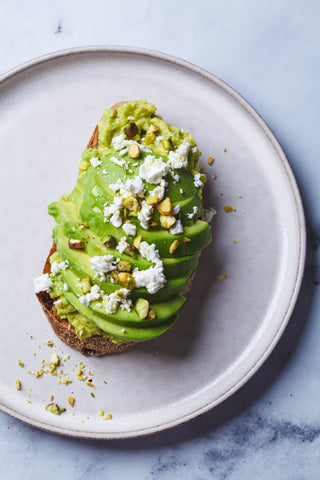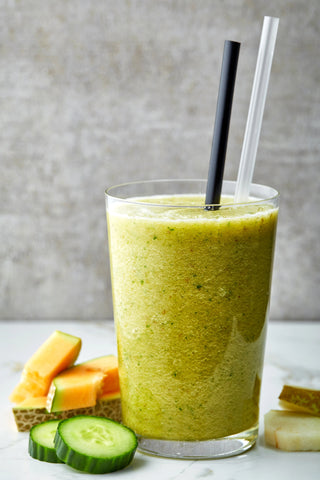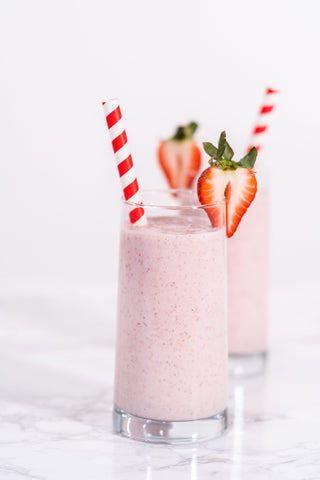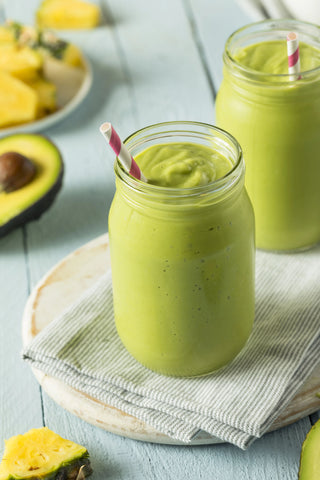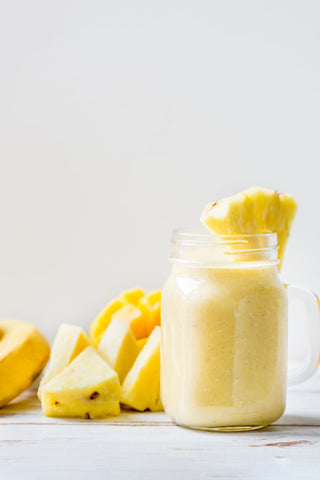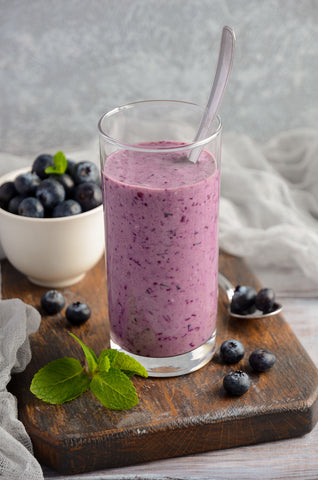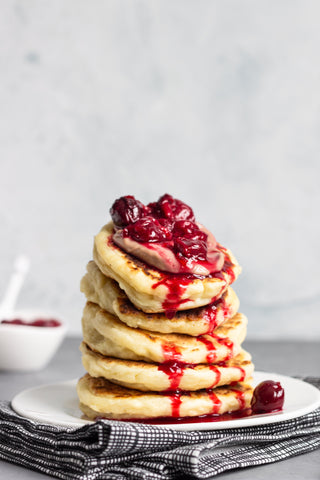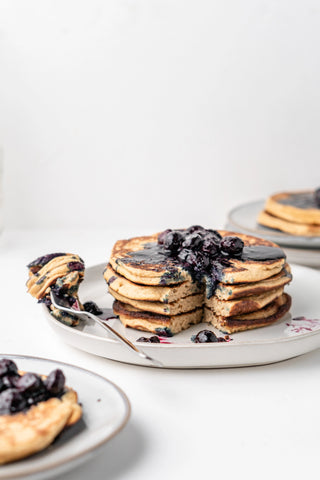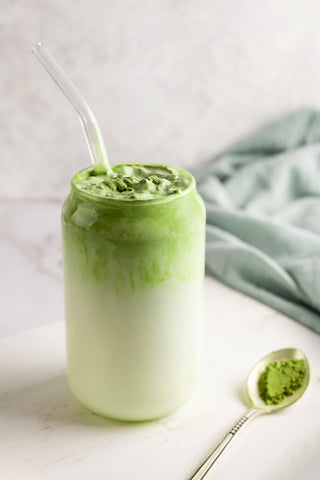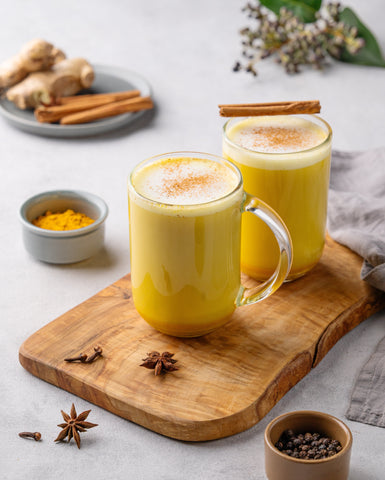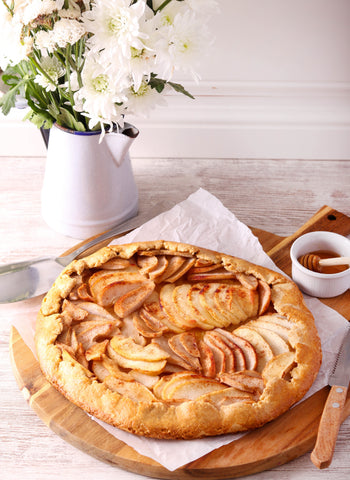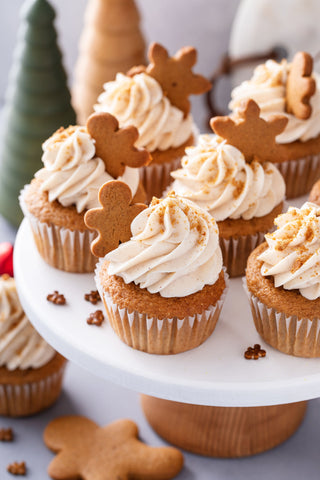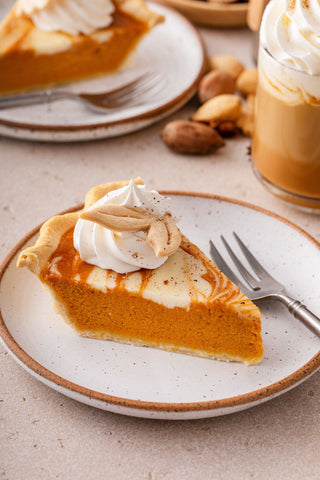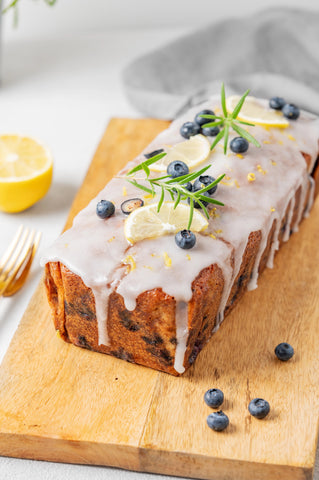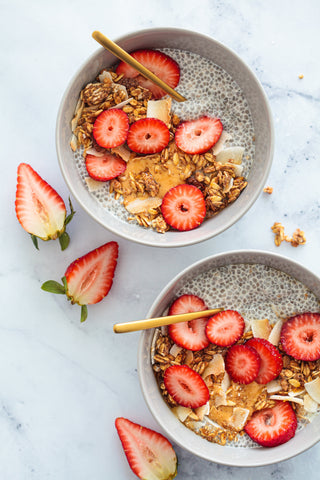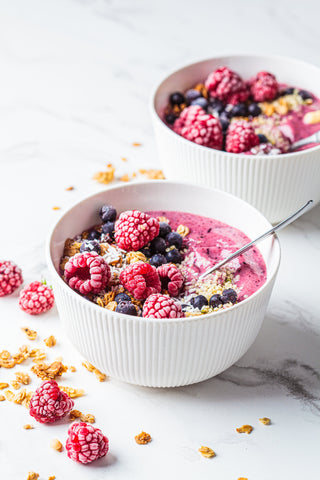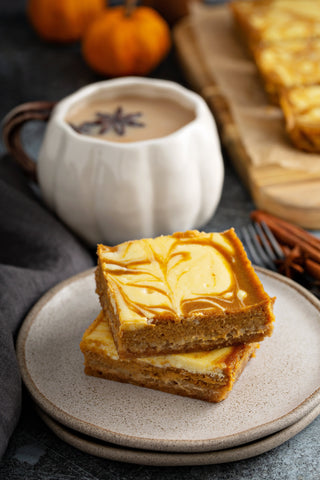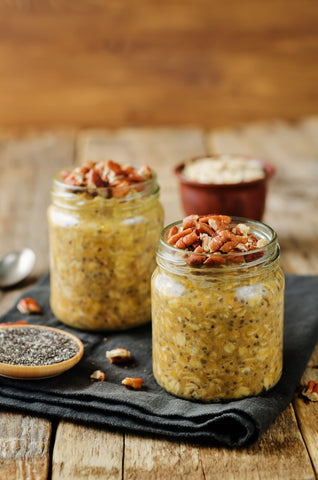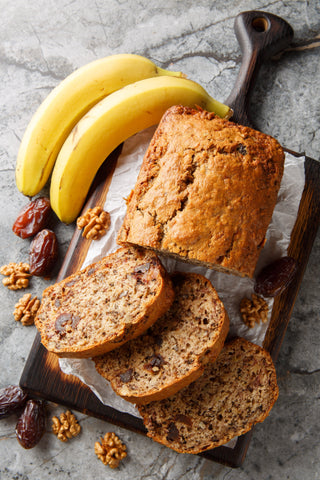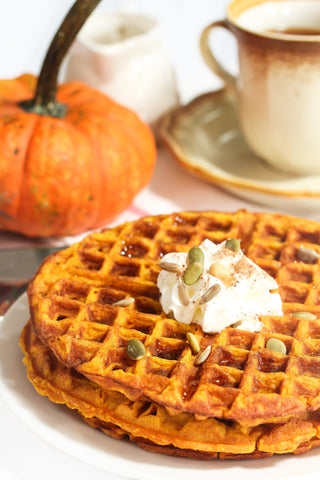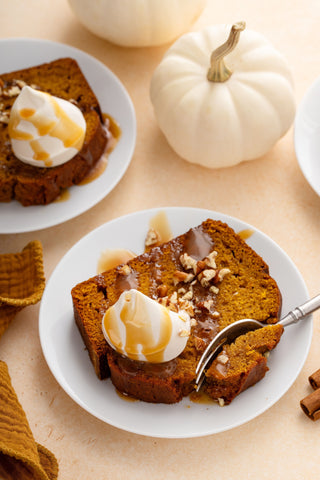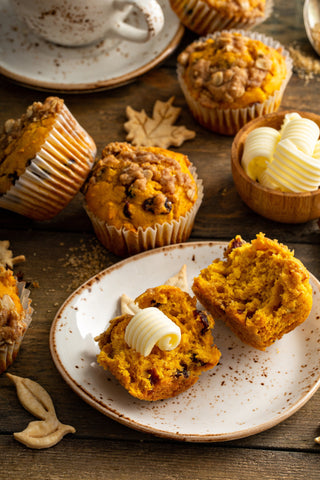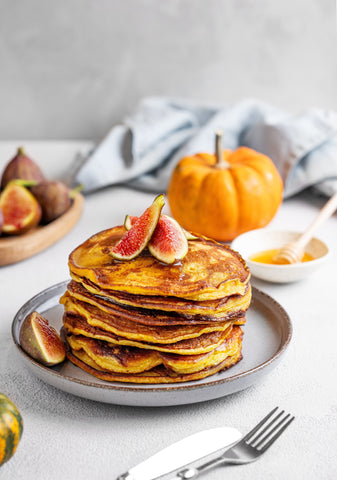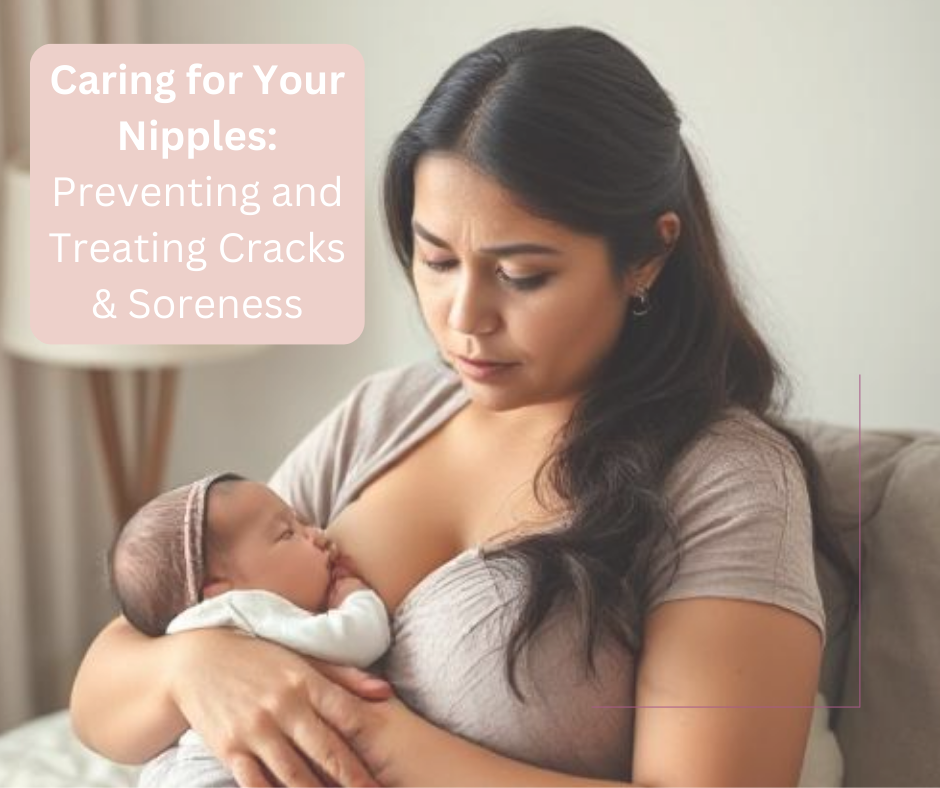
Caring for Your Nipples: Preventing and Treating Cracks & Soreness
Share
Breastfeeding is supposed to be this warm, bonding, earth-mama moment—but let’s be real, sometimes it just hurts. 😩 In those early weeks, I remember biting my lip through every latch, pretending I wasn’t wincing as one of my twins clamped down with her tiny (but determined) mouth.
If your nipples are sore, cracked, or just not okay, you’re not alone—and you’re not doing anything wrong. Some discomfort is common in the beginning, but it doesn’t have to stay that way.
Let’s talk about how to care for your nipples so breastfeeding becomes something you can actually enjoy (or at least not dread).
1. Why Do Nipples Get Sore or Cracked? 🤱
Honestly? Breastfeeding is a skill—for both of you. When the latch isn’t deep enough or positioning is off, your nipple pays the price. Add in some engorgement or a baby’s strong suck, and ouch.
Common culprits:
- Shallow latch
- Incorrect nursing position
- Overfull breasts (engorgement)
- Dry skin + friction
- Thrush or bacterial infections
Don’t brush it off if you’re in constant pain or see redness, scabs, or feel a deep burning—those can be signs of infection and deserve a check-in with your provider or lactation consultant.
2. How to Prevent Sore Nipples Before It Gets Bad💛
The earlier you start nipple care, the better. Even if you're not in pain yet, your nipples are doing hard work and deserve some extra TLC.
Here’s what helps:
- Check the latch every time: A good latch = less friction. If it hurts more than 30 seconds in, unlatch gently and try again.
- Change positions: Rotating between football hold, cradle, and laid-back nursing helps prevent repeated pressure in one spot.
- Air them out: Let nipples dry naturally after feedings. Avoid rubbing with towels.
- Moisturize religiously: Coconut oil, lanolin, or nipple balms with calendula are game-changers.
- Wear soft, breathable nursing bras: Cotton or bamboo fabrics reduce irritation.
3. Healing Cracked or Sore Nipples 💔➡️💖
Okay, if you’re already hurting—here’s how to feel better fast:
- Breast milk healing: Express a few drops and rub them on your nipples. Let air dry.
- Use lanolin or coconut oil: Apply after each feed. These act like a soothing barrier.
- Cold compresses for pain + swelling, or try warm compresses before feeding to encourage milk flow.
- Nipple shields (short-term): Can be helpful while cracks heal, but only with proper latch technique.
Get help if pain persists. You might be dealing with thrush, mastitis, or bacterial issues that need medical support.
4. When to Worry (and When to Get Help) 📞
Don’t just “grit through it,” mama. If you notice:
- Shooting or burning pain during or after nursing
- Visible cracks that aren’t healing
- Redness, pus, or swelling
- Fever or flu-like symptoms
…it’s time to reach out. Lactation consultants and OBs are here to support you. Breastfeeding isn’t supposed to be a test of endurance.
5. The Most Important Reminder: You’re Doing So Well 💕
I know it’s easy to feel like your body is betraying you, or like something must be wrong if it hurts to feed your baby. But sore nipples are often part of the messy, real beginning. They don’t mean you’re failing. They mean you’re in it—and that your body is adjusting.
With the right support and a little gentleness (toward your body and your heart), this part will pass. Promise. 💖
🌿 Need Relief You Can Wear?
Soft, breathable bras can make such a difference. Our mom-approved nursing bra was made for days when everything feels tender—no wires, no digging, just cozy, stretchy support that moves with you.
❓ FAQ: Nipple Care & Breastfeeding Discomfort
Q: Is it normal to have cracked nipples when breastfeeding?
A: Yes, it’s common—especially in the early weeks. Cracked nipples often come from a shallow latch or friction. With proper care, they can heal quickly.
Q: What can I put on sore nipples while breastfeeding?
A: Lanolin, coconut oil, and even your own breast milk are safe and effective. Apply after every feeding and let air dry for best results.
Q: Should I stop breastfeeding if my nipples are bleeding?
A: Not necessarily—but it depends on the severity. Try to correct the latch and use a nipple shield if needed. If bleeding persists, consult a lactation consultant.
Q: How do I know if nipple pain is from an infection like thrush?
A: Thrush pain often feels like a deep burning or stabbing pain, even between feedings. Your nipples may also appear shiny or flaky. Contact your provider if you suspect it.
Q: Will soft bras really help with nipple pain?
A: Absolutely! Soft, breathable, wire-free nursing bras reduce irritation and allow your skin to breathe—especially important during healing.
6. Can I use nipple balm before I’m sore?
A: Yes! It’s actually a great preventative step. Think of nipple balm like chapstick—it works better when used regularly, not just after a problem shows up.
Find more raw, reassuring guides like this one on the Bloom & Heal Blog — written by moms who’ve been there.
